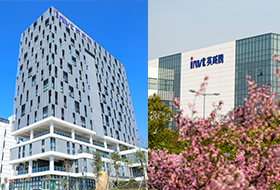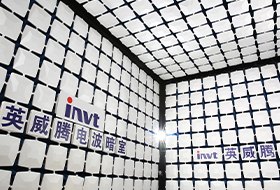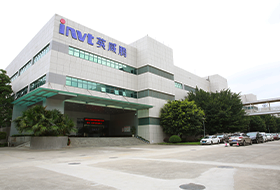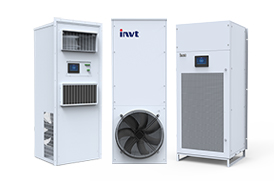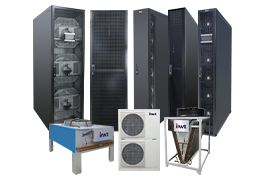How to Ensure Data Center Uptime with UPS
In the fast-paced world of data centers, choosing the right UPS is necessary to enhance power resilience, adaptability, and cost-effectiveness. The latest insights from the 2024 Power Outage Analysis Report released by UptimeInstitute underscore this necessity, revealing that power-related issues remain the leading cause of major data center outages, accounting for 52% of all outages. In addition, 42% of power outages were directly attributed to UPS failures, highlighting the urgent need for robust power solutions that address the unique needs of modern data environments.
Data centers have three main requirements for UPS:
(1) Resilience: Data centers must ensure that their servers remain operational, even when problems and anomalies arise in the infrastructure.
(2) Adaptability: Data centers must evolve and upgrade quickly to meet changing needs and technologies.
(3) Cost control: Data center infrastructure consumes a large amount of resources, including space and energy. Therefore, it is critical to closely monitor and control costs and energy consumption.
When choosing the right UPS for your data center, several key factors must be considered. To help make an effective decision, these factors are analyzed below.
(1) Power calculation
Calculating the UPS power and the required battery backup time is critical. Determining the UPS power requires understanding all supported loads and their power ratings.
First determine the power requirements of the IT equipment. Consider the IT load (servers, storage devices, and electronic equipment for data processing and communication) and mechanical loads (such as cooling systems and ventilation equipment). Calculate the total power required to ensure that the UPS can provide the required power.
(2) Battery power supply time
After determining the power of the load, the battery size can be adjusted to achieve the required power supply time, which represents the duration that the UPS can continue to power its load in the event of a power outage.
(3) UPS power performance and architecture
To improve reliability and adaptability, it is necessary to select a UPS (Click to know more about INVT high-efficiency UPS) with redundancy and scalability. Consider factors such as redundancy level and battery architecture.
• Resilience: Data centers must ensure that their servers remain operational even when problems and abnormalities occur in the infrastructure.
• Adaptability: Data centers must evolve and upgrade frequently to meet changing needs and technologies.
• Cost control: Data center infrastructure consumes a lot of resources, including space and energy. Therefore, it is critical to closely monitor and control cost and energy consumption.
(4) Energy consumption and efficiency
Evaluate UPS efficiency to minimize energy consumption and operating costs.
• Efficiency rating: Look for UPS with high efficiency ratings across a range of load levels, not just rated power. Consider how efficiency fluctuates as load levels change, especially in redundant setups where UPS units may operate at lower loads.
• Architecture: Choose UPS with modular or scalable architectures because they have flexible power modules and automatic power regulation technology that can maintain higher efficiency levels. Such designs optimize efficiency and reduce energy waste even when operating at partial load.
• Advanced features: Consider UPS systems with advanced battery charge management systems and other features designed to improve efficiency.
There is no one-size-fits-all approach when selecting a UPS for a data center. Each type of system has its own strengths and weaknesses, and careful consideration must be given to determine the best solution for their needs, taking into account factors such as energy efficiency and long-term cost savings.

 networkpowersales@invt.com.cn
networkpowersales@invt.com.cn
